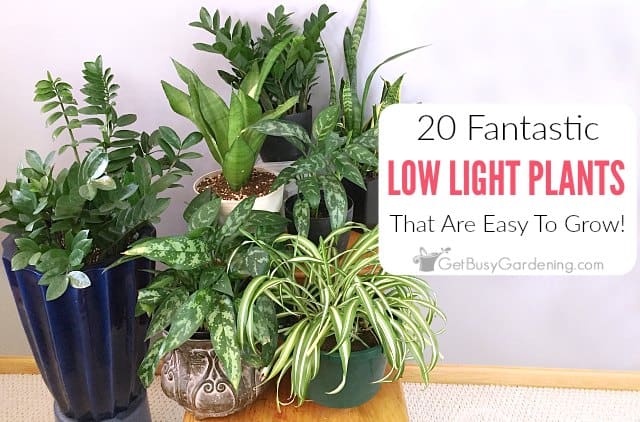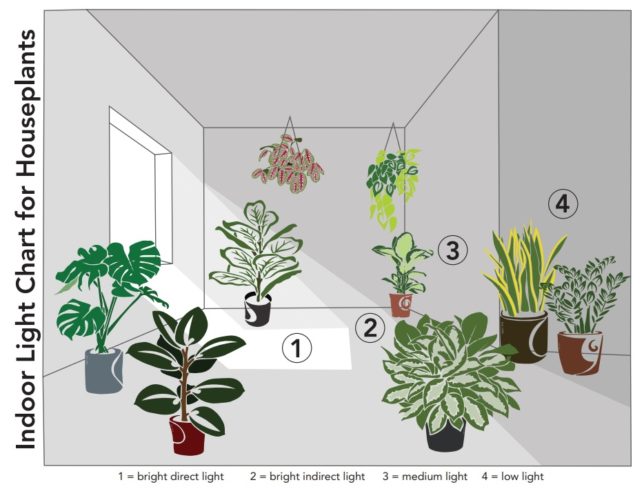Reveal the Keys of Low-Light Indoor Plants and How They Boost Your Environment
Low-light interior plants have actually amassed increasing focus for their special capability to improve both aesthetic allure and ecological high quality within work environments and homes. These durable species, consisting of the Snake Plant and Peace Lily, not just prosper in difficult lighting problems however additionally play an essential duty in air purification and emotional wellness. Understanding the details advantages and care demands of these plants can dramatically affect your living area. As we check out the ins and outs of their advantages, you may discover insights that might transform your environments in unforeseen ways.
Benefits of Low-Light Indoor Plants
Although many individuals presume that interior plants require plentiful sunshine to grow, low-light interior plants use a wide range of benefits that make them ideal for numerous environments. One of the main benefits is their flexibility; they can thrive precede with restricted all-natural light, such as offices, basements, or areas with little windows. This feature permits people to enhance their surroundings with greenery, adding to improved visual appeals without the requirement for considerable lights modifications.
Furthermore, low-light indoor plants can substantially boost indoor air high quality by launching and filtering harmful toxic substances oxygen, making living spaces healthier. Research has revealed that particular selections can soak up contaminants, therefore promoting a cleaner atmosphere. Additionally, they can boost psychological health by minimizing anxiety and boosting performance. The visibility of plants has actually been connected to higher feelings of tranquility and emphasis.
Furthermore, low-light plants usually need less maintenance than their sun-loving equivalents, making them optimal for active individuals or those brand-new to horticulture. Their resilience permits them to thrive with marginal treatment, therefore giving a rewarding experience for plant lovers and novices alike. In recap, low-light interior plants serve both practical and aesthetic functions, making them valuable enhancements to any kind of space.
Top Low-Light Plant Selections
Low-light interior plants been available in a range of species, each offering distinct qualities and advantages suited for dark settings. Among one of the most preferred varieties is the Serpent Plant (Sansevieria), understood for its building leaves and air-purifying capacities. This resistant plant grows on neglect and can tolerate a vast array of light problems.
Another outstanding choice is the ZZ Plant (Zamioculcas zamiifolia), which includes glossy, dark green fallen leaves and is highly drought-tolerant. Its adaptability makes it a favorite for offices and homes with minimal sunshine.
The Pothos (Epipremnum aureum) is also a top challenger, with its routing creeping plants and heart-shaped fallen leaves - Best low-light indoor plants. This versatile plant can be trained to climb up or waterfall, adding aesthetic passion to any kind of space

Care Tips for Low-Light Plants
Caring for low-light interior plants needs a nuanced understanding of their particular requirements to guarantee optimal growth and vitality. It is important to select the ideal potting mix, as a well-draining dirt is vital to protect against root rot. A mix developed for houseplants, often containing peat moss and perlite, functions well for many low-light selections.
Watering is another vital aspect of treatment. Low-light plants generally need much less frequent watering compared to their sun-loving equivalents. It is recommended to examine the top inch of soil; if it really feels dry, it's time to water. Overwatering can bring about difficulties such as mold and origin decay.
Fertilization should be come close to with care. Throughout the growing period, a watered down liquid fertilizer can be applied monthly, however in winter season months, several low-light plants enter dormancy and require little to no fertilization.
Finally, it's vital to periodically clean up the leaves to eliminate dirt, permitting better light absorption. By adhering to these treatment ideas, you can cultivate a growing atmosphere for your low-light interior plants, enhancing both their appearance and longevity.
Enhancing Air High Quality With Plants
Interior plants play a substantial duty in improving air high quality within homes and office. Via the procedure of photosynthesis, these plants soak up co2 and launch oxygen, adding to a healthier environment. directory Furthermore, specific low-light indoor plants possess the ability to filter damaging contaminants, such as formaldehyde, trichloroethylene, and benzene, which are generally found in interior settings.

In addition, the existence of interior plants can raise humidity degrees, which helps ease dry skin and breathing concerns, additionally improving general health. This ability to boost air quality not just promotes physical health and wellness but additionally supports psychological wellness.
Integrating low-light indoor plants into your living and functioning areas can bring about an extra stimulating and vivid environment (Best low-light indoor plants). Purchasing these all-natural air cleansers is a simple yet efficient method for boosting interior air quality and fostering a much healthier way of living
Creating a Peaceful Indoor Space
The integration of plants right into living spaces not only boosts air high quality yet likewise adds to a serene environment. Low-light indoor plants, such as snake plants and pothos, are especially effective in producing a peaceful setting, as they prosper in conditions that might otherwise be unwelcoming for various other plant. visit our website Their lavish foliage supplies a soothing visual, minimizing anxiety and advertising leisure.
Integrating these plants right into your home or office can evoke a feeling of tranquility and wellness. Tactically placing them in locations where you invest considerable time, such as living work spaces or areas, permits for an immersive experience with nature, which has been shown to improve mood and cognitive function.
Moreover, the gentle motion of fallen leaves in response to air flow can produce a vibrant visual component that boosts the overall atmosphere. Take into consideration making use of a selection of plant elevations and appearances to include deepness and interest to your area. With thoughtful placement and treatment, low-light indoor plants can change any type of area right into a peaceful sanctuary, cultivating not only visual contentment yet psychological and additionally psychological wellness.

Conclusion
Including low-light indoor plants right into numerous environments yields significant advantages, including improved air top quality and enhanced aesthetic charm. The transformative power of low-light plants highlights their value in improving both occupational and domestic settings.
Although many individuals presume that indoor plants call for plentiful sunlight to flourish, low-light interior plants use a wide variety of benefits that make them suitable for various settings.Furthermore, low-light interior plants can substantially boost indoor air top quality by filtering harmful toxic substances and releasing oxygen, making living spaces healthier. In addition, helpful site particular low-light interior plants have the ability to filter unsafe pollutants, such as formaldehyde, benzene, and trichloroethylene, which are frequently located in indoor environments.
Low-light indoor plants, such as serpent plants and pothos, are specifically effective in producing a calm environment, as they prosper in conditions that may or else be inhospitable for various other greenery.Including low-light interior plants right into numerous settings yields considerable advantages, consisting of boosted air top quality and enhanced visual allure.